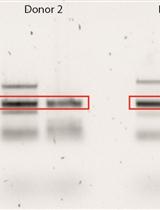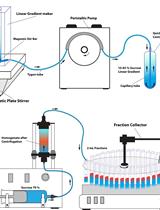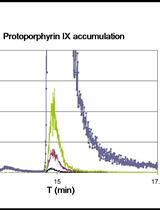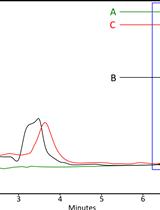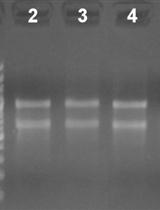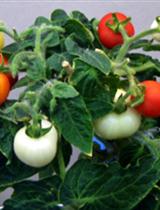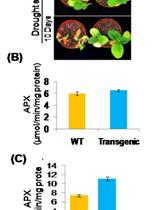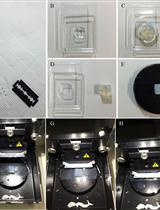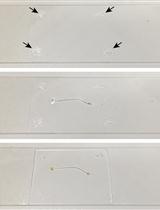往期刊物2015
卷册: 5, 期号: 19
细胞生物学
Sample Preparation for Correlative Light and Electron Microscopy (CLEM) Analyses in Cellular Microbiology
用于细胞微生物学中关联光学和电子显微镜技术(CLEM)分析的样本制备
免疫学
TCRβ Clonotype Analysis of EBV and CMV-specific Human CD8+ T Cells
对EBV 和CMV特异性人CD8+T淋巴细胞的TCRβ克隆型分析
微生物学
Density Gradient Centrifugation for Enrichment and Identification of GFP-tagged Chitosomal Microvesicles of Filamentous Fungi
密度梯度离心法富集和鉴定丝状真菌中GFP标记的壳聚糖小囊泡
Bacterial Porphyrin Extraction and Quantification by LC/MS/MS Analysis
采用 LC/MS/MS 分析法提取和量化细菌卟啉
In vitro Studies: Inhibition of Nevirapine Metabolism by Nortriptyline in Hepatic Microsomes
体外研究:肝脏微粒体中去甲替林对奈韦拉平新陈代谢的抑制
神经科学
Chick Neural Tube Explant Culture
鸡胚胎神经管外植体培养
植物科学
3’ Rapid Amplification of cDNA Ends (3’ RACE) Using Arabidopsis Samples
对拟南芥样本的cDNA 3'末端进行快速扩增(3' RACE)
Quantification of Callose Deposition in Plant Leaves
植物叶中胼胝质沉积的定量测定
Hydroponic Culture of ‘Micro-Tom’ Tomato
水培法培养‘Micro-Tom’ 番茄
Pot Level Drought Stress Tolerance Assay in Tobacco through Plant Phenotyping and Antioxidant Assay
通过植株表型和抗氧化实验在烟草中进行盆位干旱胁迫耐受性分析
Histochemical Staining of Silica Body in Rice Leaf Blades
对水稻叶片中硅质小体进行组织化学染色
Pectin Nanostructure Visualization by Atomic Force Microscopy
采用原子力显微镜对果胶纳米结构进行可视化
Analysis of in vivo Cellulose Biosynthesis in Arabidopsis Cells by Spinning Disk Confocal Microscopy
使用转盘共聚焦显微镜分析拟南芥细胞中的纤维素生物合成


